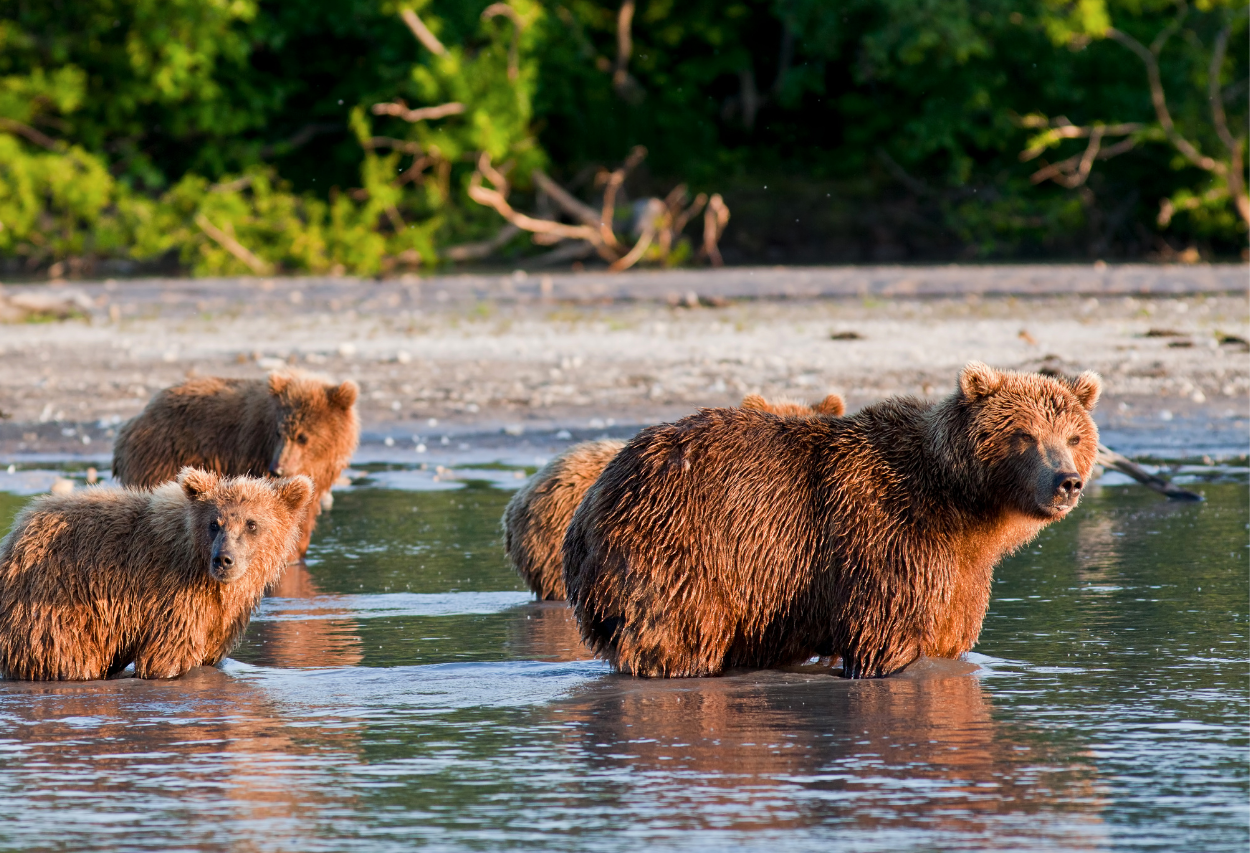Dr. Darryl MacKenzie
Instructor, Center for Wildlife Studies
Director/Senior Biometrician, Proteus
Associate Professor, University of Otago
Ph.D. Statistics, University of Otago
Email: darryl@proteus.co.nz
Darryl is an internationally renowned biometrician. Although his past research has been largely devoted to developing occupancy models, he is also proficient in teaching other statistical techniques commonly used to study animal populations, including mark-recapture and distance sampling.
Darryl has over 20 years of experience in applying statistical techniques to a wide variety of ecological and environmental situations around the globe. Darryl co-founded Proteus with David Fletcher in 2000, and commenced full-time with Proteus in 2001 as a consultant Biometrician. He also holds a part-time Associate Professor position at the University of Otago and is an Instructor with CWS. He has over 60 publications, with many articles in top ecological journals, and is lead author of the book Occupancy Estimation and Modelling: Inferring Patterns and Dynamics of Species Occurrence.
Teaching
-
MacKenzie, D.I., J.D. Nichols, J.A. Royle, K.H. Pollock, J.E. Hines and L.L. Bailey. 2018. Occupancy estimation and modeling: inferring patterns and dynamics of species occurrence. Second Edition. Elsevier, San Diego, USA.
MacKenzie, D.I., and D. Clement. 2016. Accounting for lack of independence and partial overlap of observation zones in line-transect mark-recapture distance sampling. 2016. Journal of Agricultural, Biological, and Environmental Statistics 21:41-57.
Forsyth, D.M., C. Thomson, L.J. Hartley, D.I. MacKenzie, R. Price, E.F. Wright, J.A.J. Mortimer, G. Nugent, L. Wilson and P. Livingstone. 2011. Long-term changes in the relative abundances of introduced deer in New Zealand estimated from faecal pellet frequencies. New Zealand Journal of Zoology, 38:237-249.
Schofield, M.R., R.J. Barker and D.I. MacKenzie. 2007. Flexible hierarchical mark-recapture modeling for open populations using WinBUGS. Environmental and Ecological Statistics 16:369-387.
Fletcher, D., D. MacKenzie and E. Villouta. 2005. Modelling skewed data with many zeros: a simple approach combining ordinary and logistic regression. Environmental and Ecological Statistics 12:45-54.
MacKenzie, D.I., J.D. Nichols, N. Sutton, K. Kawanishi and L.L. Bailey. 2005. Improving inferences in population studies of rare species that are detected imperfectly. Ecology 86:1101-1113.
MacKenzie, D.I., and J.A. Royle. 2005. Designing occupancy studies: general advice and tips on allocation of survey effort. Journal of Applied Ecology 42:1105-1114.
MacKenzie, D.I., and L.L. Bailey. 2004. Assessing the fit of site occupancy models. Journal of Agricultural, Biological and Ecological Statistics 9:300-318.
MacKenzie, D.I., J.D. Nichols, J.E. Hines, M.G. Knutson and A.D. Franklin. 2003. Estimating site occupancy, colonization and local extinction when a species is detected imperfectly. Ecology 84:2200-2207.
MacKenzie, D.I., J.D. Nichols, G.B. Lachman, S. Droege, J.A. Royle and C.A. Langtimm. 2002. Estimating site occupancy rates when detection probabilities are less than one. Ecology 83:2248-2255.
See a full list of his publications on Google Scholar




